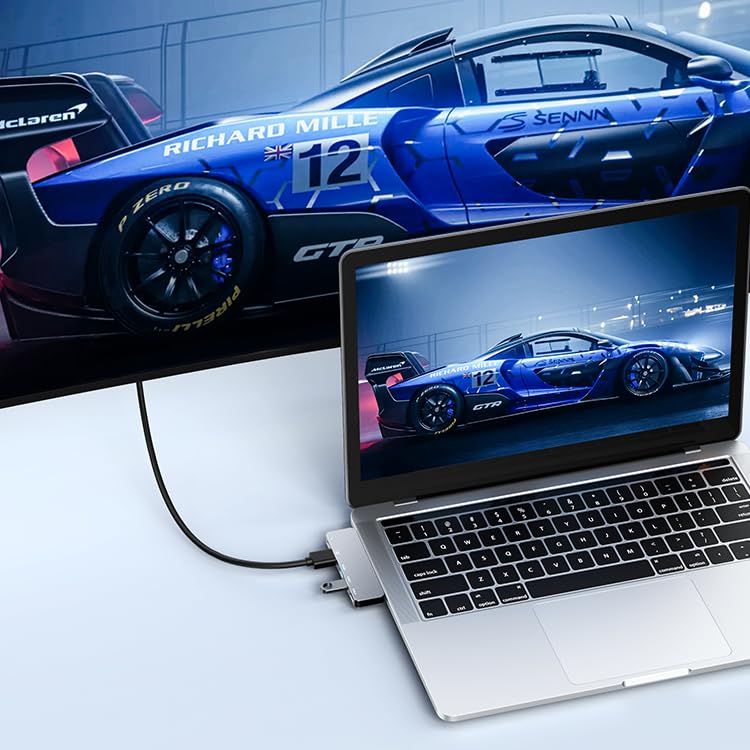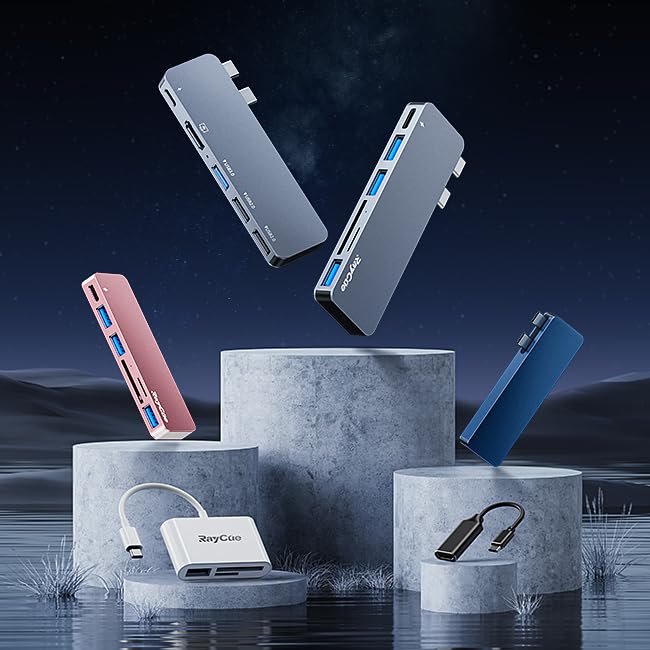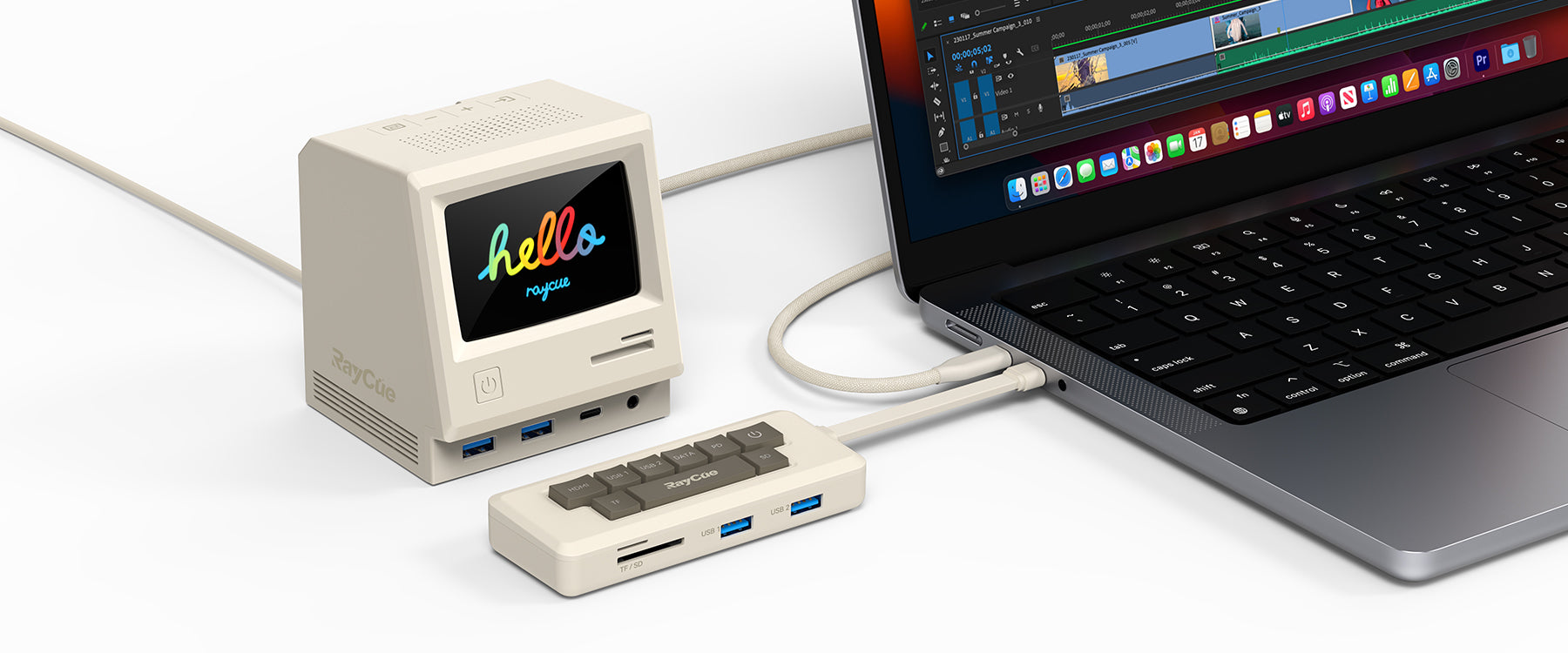In today's digital world, whether it is computers, tablets, smartphones, digital cameras and so on, most mobile devices or smart devices have some kind of built-in storage and a slot for adding extra storage space. Memory cards and memory itself are everywhere. A memory card is a device that stores digital information, this independent storage medium is generally in the shape of a card, also known as a flash card. In photography, memory cards are commonly used in digital cameras, varying in type, form factor, capacity, speed / class and brand. Nowadays, the most common memory card formats are SD, TF, XQD and CFExpress. Let’s learn more about memory card and its common types in this RayCue blog post.
What is SD Card?
The SD card (Secure Digital) was introduced in 1999, an old type of memory card developed by the SD Association (SDA) for use in portable devices. With a maximum storage capacity of 2GB, the default format is FAT16, and the physical size is 32×24×2.1mm. Today, it has been replaced by a new generation of SDHC and SDXC cards.
What is TF Card?
TF card is also known as TransFlash card, or Micro SD Card, which is the smallest removable flash memory card, its range in available sizes of 128MB to 4GB and its physical size is 15×11×1mm. Mainly used in smartphones, cameras, motion cameras and other portable digital devices.
What is XQD Card?
First announced by Sony, SanDisk and Nikon in November 2010, XQD card is a memory card format that uses flash memory. It uses PCI Express as a data transmission interface and is developed for high-resolution cameras and digital cameras. It provides a read speed of 500MB/s and a write speed of 125MB/s, and the storage capacity exceeds 2TB. It is not backward compatible with CompactFlash cards or CFast cards.
What is CF Card?
A type of flash memory mass-storage device that mainly used for professional and high-end digital cameras. A number of camera manufacturers like Nikon and Canon adopted CF as their standard in high-end cameras. CF is one of the oldest and most successful standards, especially suitable for the professional camera market. It has a longer life and lower unit capacity cost than other storage methods, and can also provide larger capacity in a smaller size.
Card Reader Conversion
With a high-performance memory card, you also need a suitable card reader. A card reader is a data input device that reads data from a card-shaped storage medium. And USB card reader is a portable plug-and-play device for reading, copying and backing up data from portable flash memory cards (such as SD cards, MiniSD, MicroSD, SIM cards, etc.), which are widely used in various consumer electronics products. In the selection of card readers we need to pay attention to a few points, first of all, be sure to choose USB3.0/USB-C, or Thunderbolt 3 main interface to ensure fast read and write speed. Secondly, if you choose a multi-card slot reader (like a single card reader with multiple slots for microSD, SD, CF, etc.) make sure that several slots can be work at the same time since some card readers can only read one card at a time.





Leave a comment
All comments are moderated before being published.
This site is protected by reCAPTCHA and the Google Privacy Policy and Terms of Service apply.